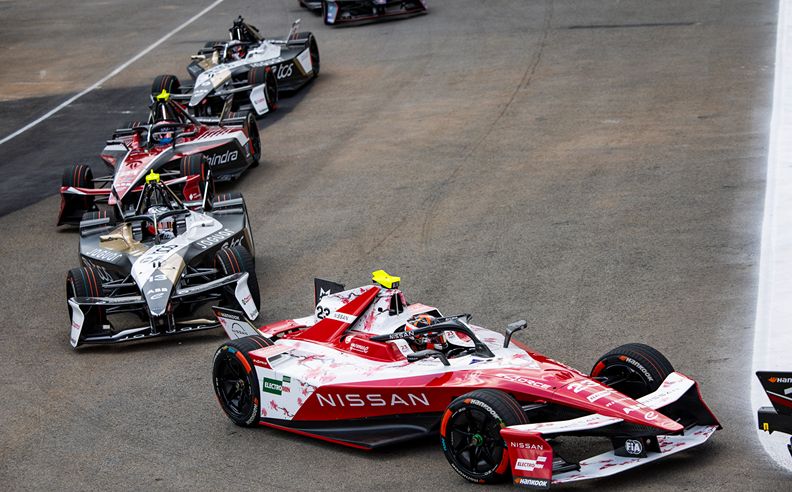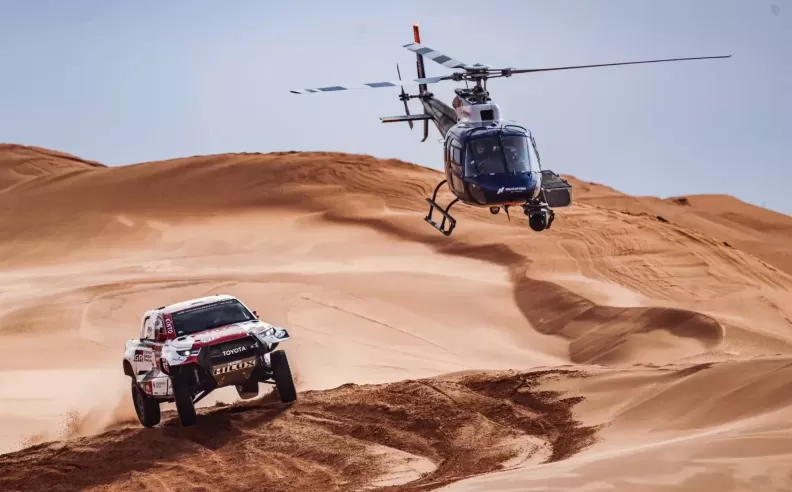
The Dakar Rally, widely regarded as the ultimate off-road motorsport event, is an annual spectacle that challenges the grit, determination, and skill of both drivers and their machines. Spanning thousands of kilometers through some of the world's most treacherous terrains, the rally has become a true test of human and mechanical endurance. Originally held in the African continent, the Dakar Rally has since migrated to South America and the Middle East, attracting participants and spectators from around the globe. In this article, we delve into the history, the challenges, and the allure of the Dakar Rally.
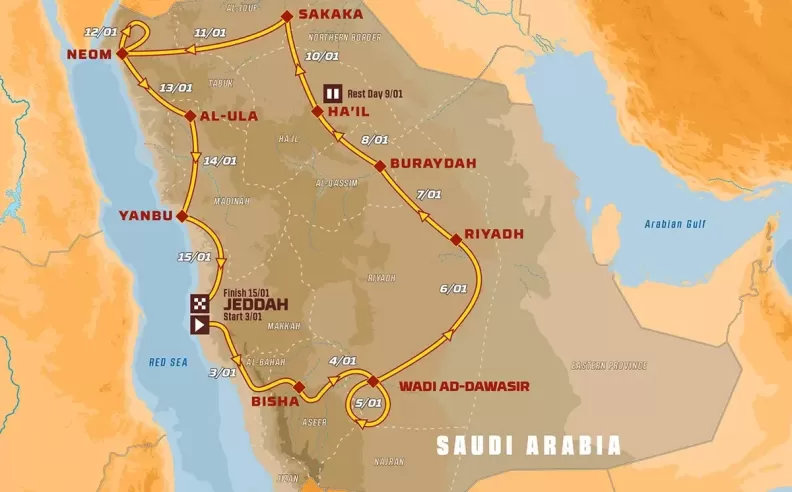
The Dakar Rally traces its roots back to 1977 when French motorcycle racer Thierry Sabine got lost in the desert during the Abidjan-Nice Rally. This life-changing experience inspired Sabine to create an event that would embrace the raw spirit of adventure and test the limits of human courage and ingenuity. In 1979, the first-ever Dakar Rally, originally known as the "Paris-Dakar Rally," was launched, starting from the French capital and ending in the Senegalese city of Dakar. The route crossed through Algeria, Niger, Mali, Mauritania, and Senegal, offering a challenging course through the Sahara Desert.
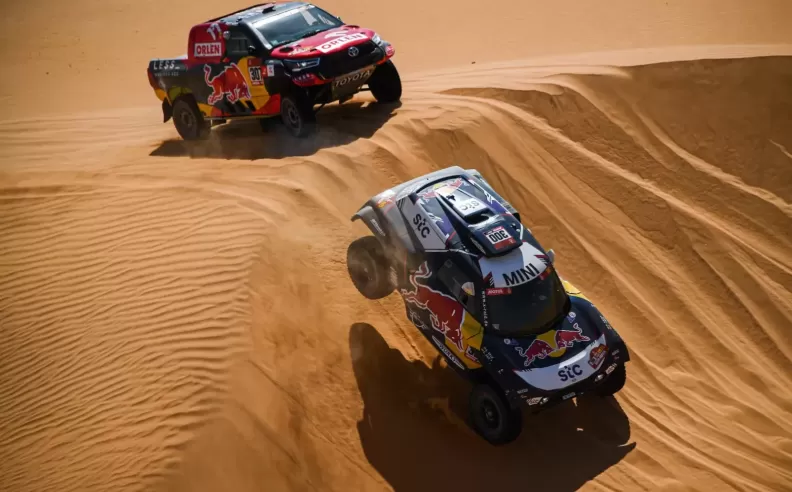
One of the most significant factors that set the Dakar Rally apart from other motorsport events is its unforgiving terrain. The shifting sands of the desert create a constantly changing landscape that can turn the smoothest dunes into treacherous traps. Competitors face daunting sandstorms, scorching temperatures, and vast expanses of solitude, testing not just their driving skills but also their mental strength.
Navigational prowess is equally vital during the Dakar Rally. Participants rely on old-school navigation techniques, such as roadbooks, compasses, and GPS devices to find their way through the challenging desert landscapes. One wrong turn can lead to hours of lost time, pushing drivers to their limits in a bid to get back on track.
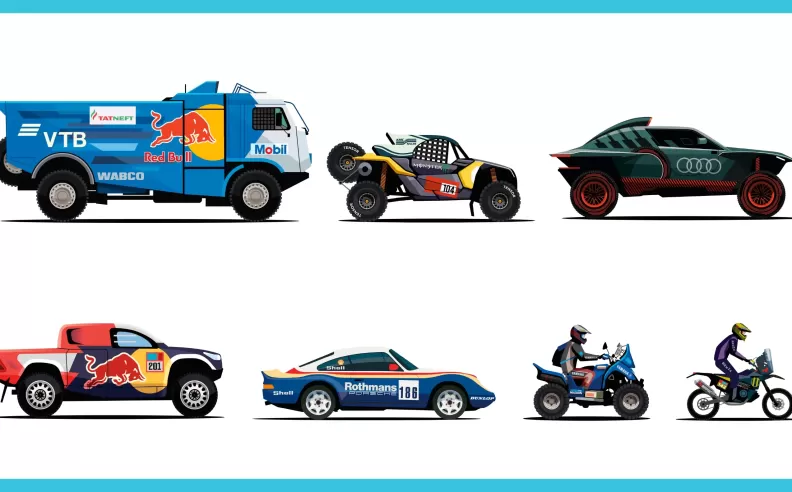
The Dakar Rally showcases a wide range of vehicles, each adapted to tackle the desert in its unique way. Motorcycles, quads, cars, and trucks all compete for glory in their respective categories. Motorcyclists, with their incredible maneuverability, face the greatest physical demands, battling fatigue and the harsh desert conditions. Meanwhile, car drivers must carefully balance speed and navigation, while the truck category brings the challenge of handling massive vehicles through the dunes.
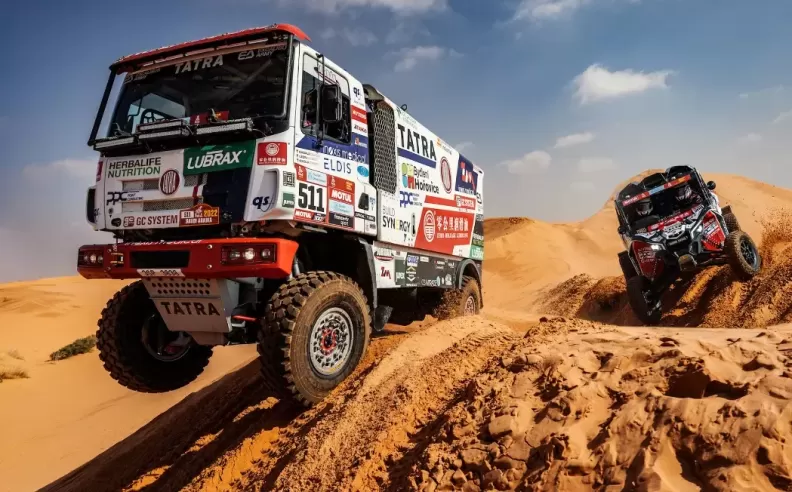
Beyond the competition lies the spirit of adventure that unites participants and fans alike. The Dakar Rally fosters a unique sense of camaraderie, as competitors help each other out in times of crisis. It is not uncommon to see rival drivers working together to recover stuck vehicles or assist in emergencies, reinforcing the shared bond of exploration and adventure.
Despite its allure, the Dakar Rally has not been without controversy. In 2008, the rally was canceled in its original African format due to security concerns in Mauritania. This led to the event relocating to South America from 2009 to 2019. The rally organizers have also faced criticism for potential environmental impacts in the desert regions.
In recent years, the Dakar Rally has placed a greater emphasis on sustainability and environmental protection. Measures have been taken to minimize the rally's ecological footprint, promoting responsible practices among participants and raising awareness of the need to preserve these delicate ecosystems.

Wael is an automotive content writer specializes in creating written content for Motor 283. Producing a wide range of content, including blog posts, articles, product descriptions, reviews, and technical guides related to cars, trucks, motorcycles, and other vehicles, with an unprecedented passion for cars, and motorcycles.
